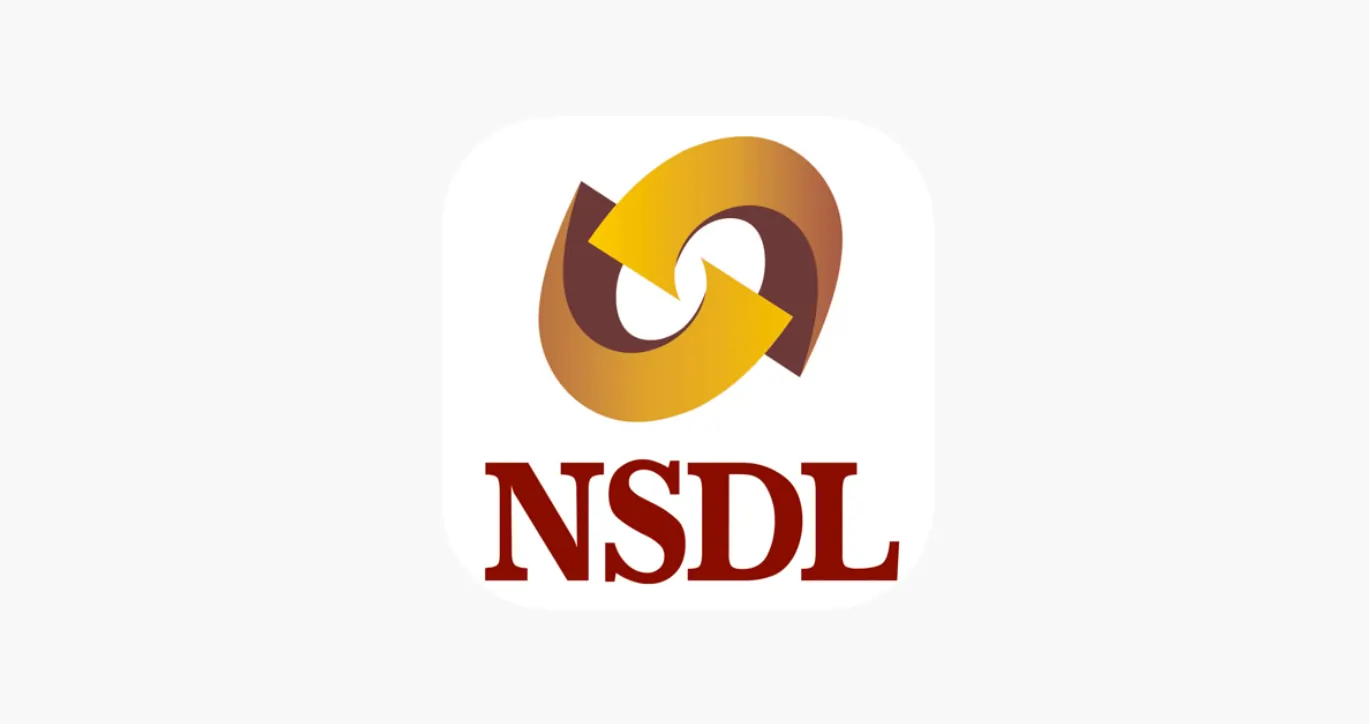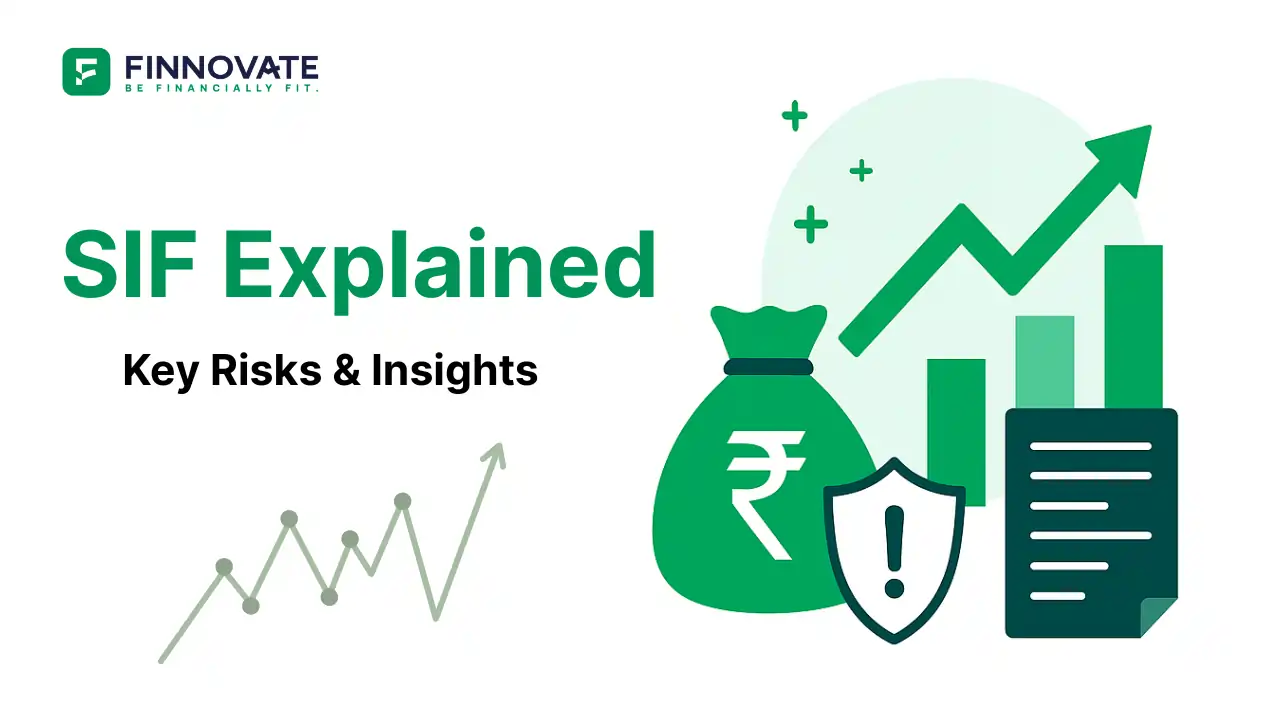
Personal Loan After Death in India: Who Pays, Rules & Steps
Who pays a personal loan after death in India? Understand heirs vs estate, co-borrower vs ...
For Indian families, sending a child abroad for higher education is both a proud and expensive milestone. With rising tuition fees, stricter visa norms, and high living costs in popular destinations like the UK, USA, Canada, and Australia, financial preparedness is not optional, it’s essential.
According to recent estimates, the number of Indian students studying overseas surpassed 1.5 million in 2024, and the average cost of a 3-year undergraduate course in the UK now stands at approximately ₹1.7 crore, factoring in tuition, accommodation, living expenses, and associated charges. Here's how parents and students can plan better.
Begin planning 10 years in advance.
An equity-based Systematic Investment Plan (SIP) of ₹30,000 per month over 10 years, earning an average annual return of 14%, can create a corpus of ₹75–80 lakhs almost half the required amount. That’s a strong start.
Pro Tip: Use goal-based investment calculators to project and adjust monthly SIPs based on currency fluctuations and target countries.
There are two major support channels to consider:
Indian banks offer loans up to ₹20–25 lakhs for international education.
Loans above ₹7.5 lakhs typically require collateral or a third-party guarantor.
Interest rates range from 9% to 13% per annum.
Moratoriums are usually available during the course period of 6 - 12 months after.
Many corporates, NGOs, and trusts in India offer merit-based or need-based financial aid.
Some global universities extend international student grants or on-campus research assistantships.
Consider programs like:
Commonwealth Scholarship (UK)
DAAD (Germany)
Fulbright-Nehru Fellowship (USA)
Don’t forget to check if your employer offers educational support for dependents, it’s more common than you think.
Monthly non-tuition expenses in cities like London, Sydney, or Toronto can average £900 - £1,200/month (₹1 lakh/month). Smart planning can ease this burden.
Connect with Indian communities or alumni for affordable shared accommodations.
Choose university hostels or group housing near public transport.
International students are typically allowed to work 20 hours/week during semesters.
Work opportunities include:
Tutoring junior students
On-campus projects
Hospitality chains (e.g., Starbucks, McDonald’s)
Earning £400–£600/month (₹45,000 - ₹65,000) can help cover basic living costs.
Building work experience abroad adds value to your resume too!
Most countries provide significant student discounts on:
Food and groceries
Local transport
Books and academic resources
Clothing and essentials
Ensure you:
Maintain valid health insurance
Follow a healthy lifestyle
Know emergency healthcare services nearby
Medical bills in countries like the US and UK are steep, preventive health is cost-effective health.
Frugality is not deprivation, it’s empowerment.
As a student, the traditional Indian values of austerity will come in really handy for you. Practice austerity on moving around. Your preferred mode of transport should be by foot or by the cheaper option of a bicycle. Most public transports like buses and trains offer student concessions. Make the best of that. Should you need to take a cab, prefer a shared cab.
The second austerity pertains to food. Avoid eating fatty outside foods. They not only cost but are also unhealthy. Instead, be self-sufficient and cook your own meals. Most Indians carry provisions from India and cook their meals. It may look boring, but it is the truly austere option for you.
Every saved rupee (or pound) helps you reduce future debt.
Higher education abroad is a transformative experience but only if planned right. As a parent, start building the fund early. As a student, learn the value of money, austerity, and independence.
With a smart mix of SIPs, Loans, Scholarships, Budgeting, and Part-time work, you can turn a ₹1.7 crore dream into an achievable reality.
Popular now

Learn how to easily download your NSDL CAS Statement in PDF format with our step-by-step g...

Explore what Specialised Investment Funds (SIFs) are, their benefits, taxation, minimum in...

Learn How to Download Your CDSL CAS Statement with our step-by-step guide. Easy instructio...

Looking for the best financial freedom books? Here’s a handpicked 2026 reading list with...